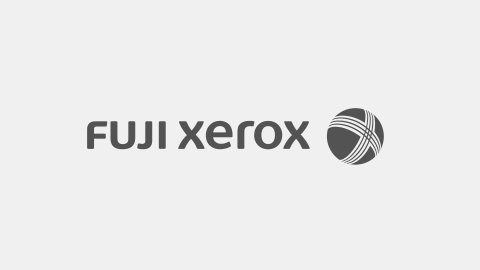The Process
Find the fastest way to do the following, then repeat. Looks familiar, right?
Understand
Problem Discovery | Problem Definition
Understand the users within the validated market and synthesize the research into problem definitions.
Explore
Ideate | Prototype
Map the journey, workshop a lot of ideas, converge on the good ones, put them to prototype and test — shelf the rest.
Materialise
Test | Implement
Release and observe what users are doing in the wild and if it represents success. Then find out why/why not.
Frequently Asked Questions
No one really asks these frequently. I mean... you get why they're here.
How did you get into UX design?
After getting a start designing interactive layouts for iPad content back in 2012, I wanted to make my designs more delightful, more usable and also, used by many more people. At first that meant better UI but after prettier buttons could only get me so far, I soon pivoted into user experience design. The gradual exploration and training in UX design fed back into my process, creating better received, better performing products. Along the way, I’ve contributed that knowledge for my clients projects, into consumer products and to create enterprise platforms.
What’s your view on AI in design?
In many ways, we are all going down a road of becoming professional prompters but for now, I’m finding lots of ways to enrich the design thinking process. In workshops, we can maximise our divergent thinking with ChatGPT to spin up variants, we can speed up convergent thinking using Figjam AI to cluster themes, and in mapping we can visualise our customers pain points with MidJourney. It’s going to take out a lot of busy work which I hope means we can focus more on levelling up our design maturity, getting it to a more strategic place.
What working environment do you thrive in?
I think teams that play together tend to stay together. When we can see ideas, not as something we personally own and need to defend, but as something we can play together on, I think things go well and we give innovation a chance to grow. Teams that foster a seriousness in craft but a humility with each other can support this idea of play and I have found it's a type of environment that I thrive in the most. On top of that, a share of accountability goes a long way too!
What's the difference between good and great designers?
A lot could be said here and a lot of it could be true but for me, while good designers are great at meeting users needs, great designers introduce frameworks and relationships that act as a rising tide that lifts all boats. They excel in the bounds of their own craft but they know how build internal partnerships that can transform a whole organisation into a higher level of curiosity for the customer.




























